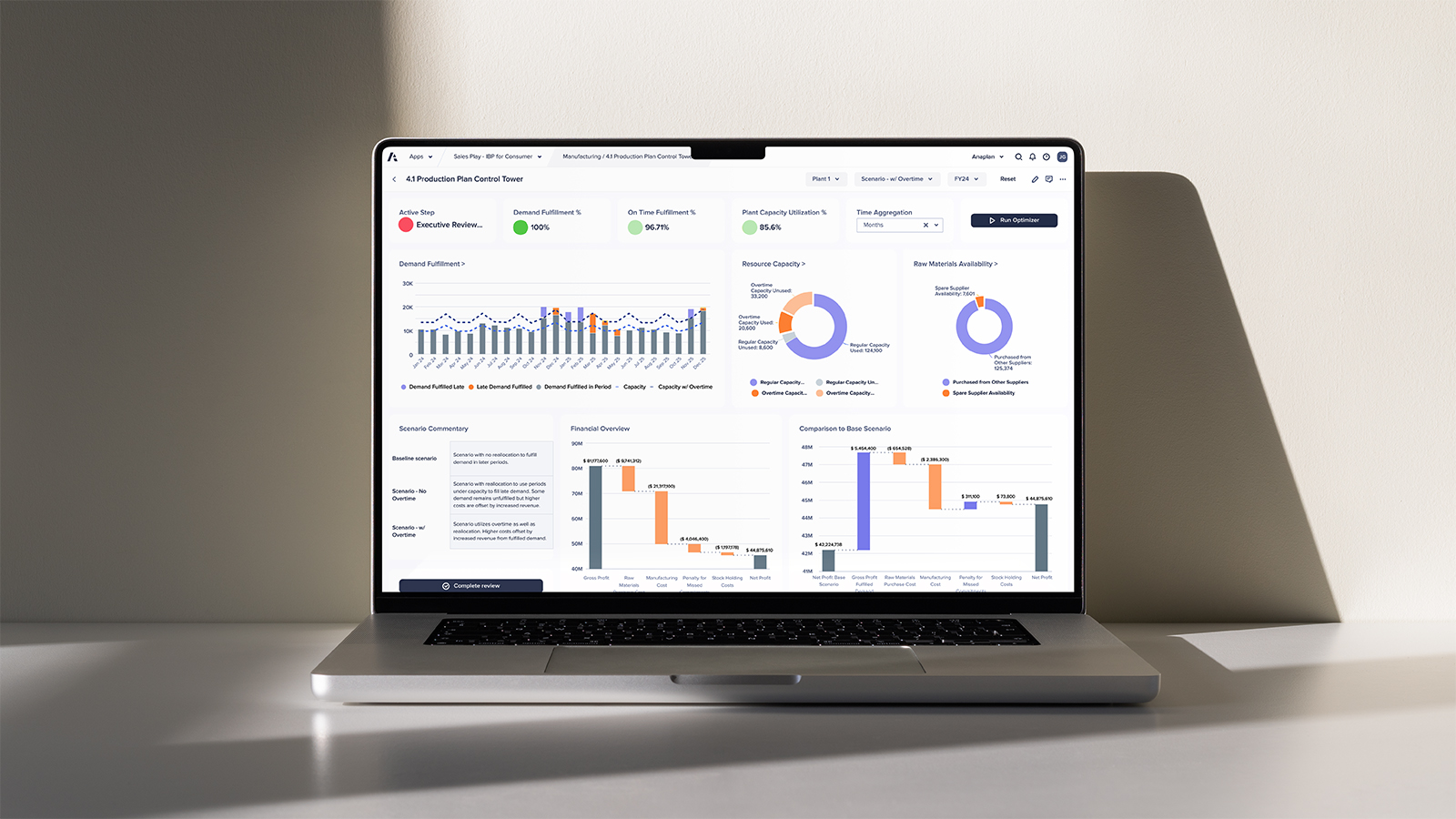Blog
Elevate your impact.
Optimize your decisions.
Your source for trusted insights, industry expertise, and best-practice
guidance to solve your biggest challenges.
Choose your area of interest

Decision excellence: What is it, and how do you get there?

CSCO to CFO: Financializing supply chain decision-making

5 financial planning KPIs that truly matter

The persistent gap in retail planning transformation

From clunky to connected: Supply chain planning without workarounds

5 reasons the office of the CFO is your business’ ultimate strategic partner
Discover the platform industry leaders trust. Be the next.
Organizations around the world rely on Anaplan to build a modern, connected enterprise. Shouldn’t you?




